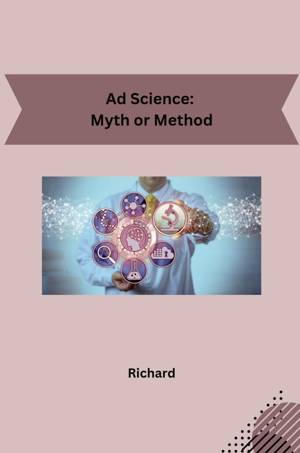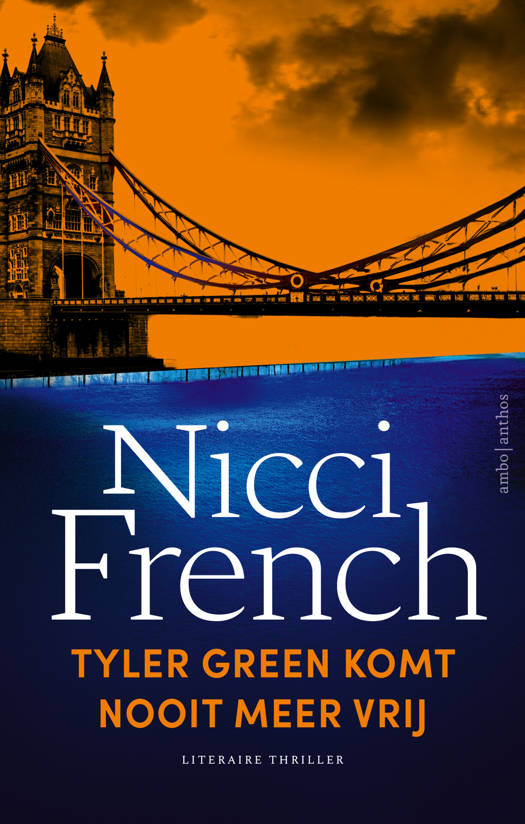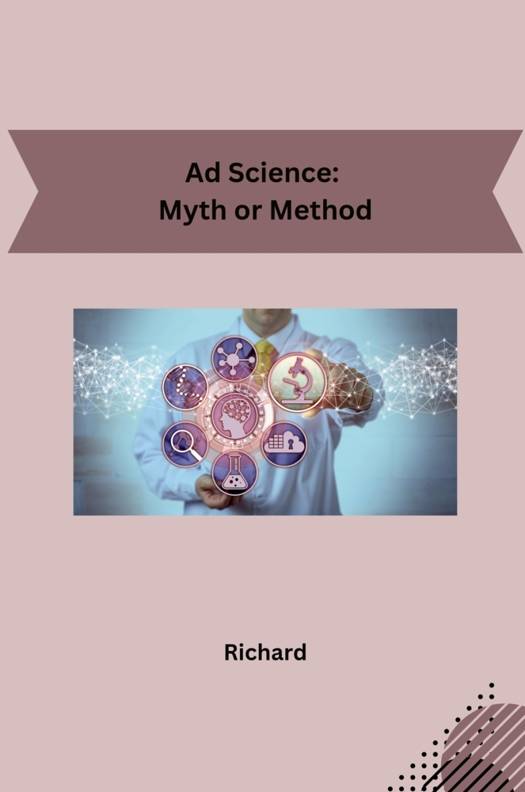
- Afhalen na 1 uur in een winkel met voorraad
- Gratis thuislevering in België vanaf € 30
- Ruim aanbod met 7 miljoen producten
- Afhalen na 1 uur in een winkel met voorraad
- Gratis thuislevering in België vanaf € 30
- Ruim aanbod met 7 miljoen producten
Zoeken
Omschrijving
The allure of "ad science" conjures images of a foolproof formula for crafting the perfect ad. But is it a guaranteed path to marketing success, or a clever myth? The truth lies somewhere in between. While there's no magic bullet, advertising does draw heavily on scientific principles. Data analysis helps understand target audiences and their preferences. Psychology informs messaging that taps into emotions and triggers desired responses. A/B testing allows for continuous optimization, ensuring ads resonate best. However, relying solely on data can create sterile, formulaic ads that lack emotional connection. True effectiveness comes from a balanced approach. Ad science provides the foundation, but creativity paints the picture. A captivating story, a touch of humor, or a stunning visual can make all the difference, turning data-driven insights into an ad that resonates and compels action.
Specificaties
Betrokkenen
- Auteur(s):
- Uitgeverij:
Inhoud
- Aantal bladzijden:
- 140
- Taal:
- Engels
Eigenschappen
- Productcode (EAN):
- 9783384235596
- Verschijningsdatum:
- 22/05/2024
- Uitvoering:
- Paperback
- Formaat:
- Trade paperback (VS)
- Afmetingen:
- 152 mm x 229 mm
- Gewicht:
- 213 g

Alleen bij Standaard Boekhandel
+ 52 punten op je klantenkaart van Standaard Boekhandel
Beoordelingen
We publiceren alleen reviews die voldoen aan de voorwaarden voor reviews. Bekijk onze voorwaarden voor reviews.











